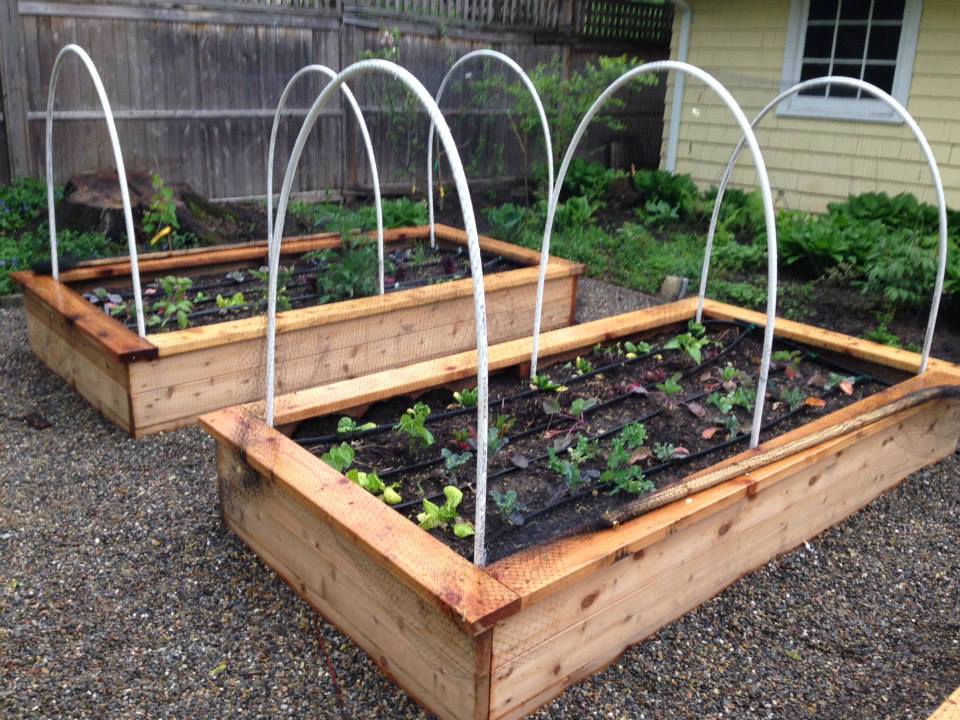October 15 is noted as the “average first frost date” for Planting Zone 6, as per the Farmer’s Almanac and various other gardening information sources.
Around these parts of NJ, this time of year typically brings a light frost, which means that water vapor on the plants will freeze due to the temps having dropped to 32 degrees Farenheit… but this condition won’t remain for long. Once the sun has been up for a while, things typically thaw out.
A hard frost occurs when temps drop below 32 degrees and remain that way for more than 4 hours. We won’t likely see this happen until well into November; although, with the unpredictable fall weather seen in NJ over the last few years, one never knows what will happen next.
How are your plants affected by frost? If you’ve ever discovered frozen veggies and fruits in your refrigerator’s crisper drawer, then you know. Once they thaw out, they begin to decay immediately, and that’s not good for eating and certainly not for growing plants.
What to do when a light frost is expected:
Harvest or cover the following tender vegetables and herbs:
basil, beans, corn, cucumbers, eggplants, melons, okra, peppers, squash, tomatoes, parsley
(If you’re like us, and do not have a lot of backyard space in which to grow veggies, you may have already harvested a large portion of your summer garden which may not have been thriving at this juncture anyway. The point is, now is the time to make a decision.)
Cover your tender plants at night using items like sheets, paper or plastic bags, or newspaper. You can also erect a cold frame (seen pictured) to extend the life of your tender veggies as colder temps approach. Remove covering as temperatures rise in the morning, so the plants will continue to receive adequate sunlight and water during the daytime.
For plants that can withstand a light frost, you do not need to supply covering but can simply add a layer of mulch to prevent the ground around the plants from freezing overnight. This can be done for arugula, beets, broccoli, cabbage, celery, lettuce, parsnips, swiss chard.
Carrots, collards, garlic, horseradish, kale, leeks, parsnips, radishes, and turnips can all survive a hard frost – so you can wait as long as possible before harvesting these cold-weather loving plants. Enjoy well into November and maybe even December depending, weather-wise, on how the fall and winter progress!
Did you know? Some of the below factors will impact the way in which frost will affect your garden vegetable plants:
Location of your garden. Water collects in low-lying areas; so if your garden is up on a hill, it’s less likely to be affected by frost.
Windy weather. Air helps water droplets to evaporate more quickly, making it less likely that the water will accumulate and freeze overnight.
Proximity to the earth. Tomatoes grow up and away from the ground, and therefore will be the first among the garden veggies to freeze.
It’s important to either protect or save your garden vegetables from the damage of frost. If you hear that an overnight frost is likely for your area, then take the necessary precautions: harvest or cover! Of course, you can decide to do neither, but then you are pretty much saying goodbye to all those nice veggies you carefully tended all gardening season long.
Source: Farmer’s Almanac
